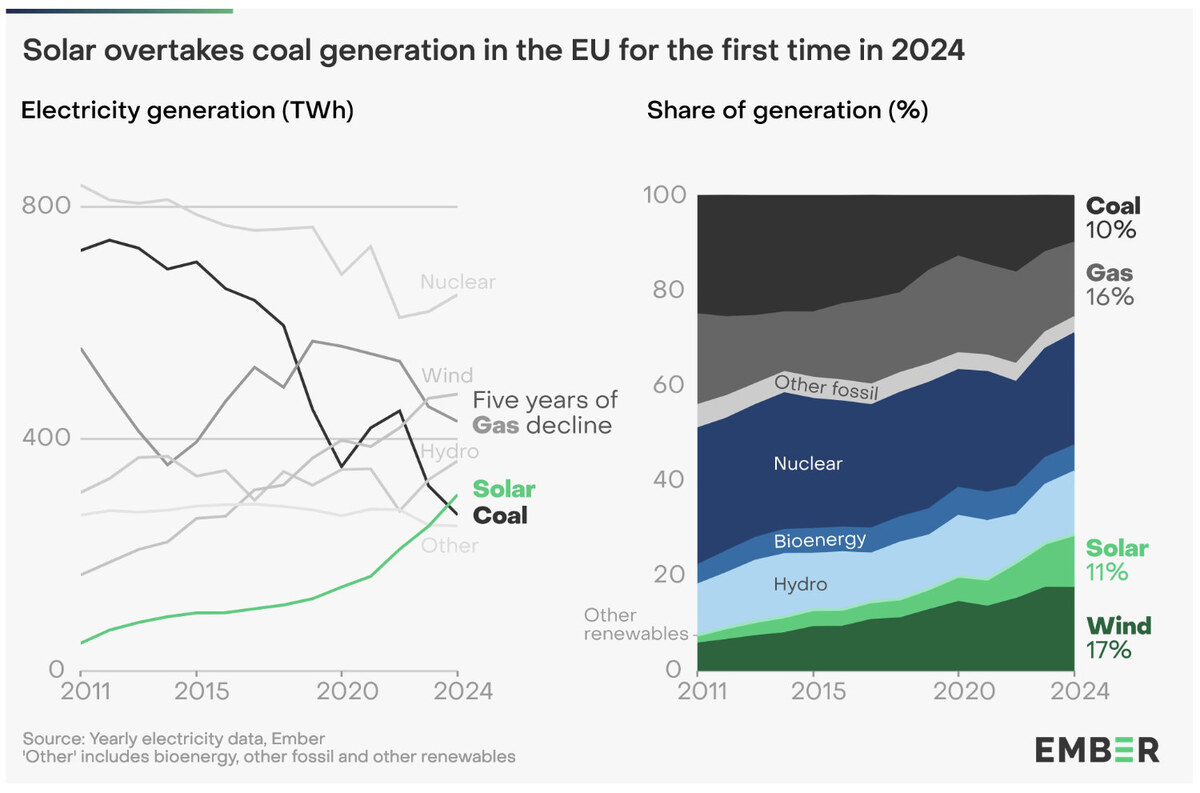The role of Saudi youth in promoting sustainability

https://arab.news/m3wmq
More and more people understand that sustainable practices are essential and young people are vital to solving environmental problems. Indeed, youthful voices are trending across the world, demanding improvements in sustainability.
The UN Sustainable Development Goals are crucial to tackling the climatic issues facing Saudi Arabia, like scarcity of water and desertification. For the Kingdom, the goals are especially important because the country is aiming to diversify its economy and provide a sustainable future for its citizens.
Young people are more likely to support campaigns for the conservation of the environment than older generations, who are more concerned with the country’s economic development. The younger generation is also more environmentally conscious and more likely to play a role in designing environmentally friendly practices.
Small changes like avoiding single-use plastics or reducing water consumption can significantly impact the larger sustainability agenda. Increasing awareness about these issues and the activism of younger generations will be crucial for the Kingdom’s move towards sustainable development.
Through leadership, the emerging generation of young Saudis can change current policies, develop and lead community-relevant initiatives, and encourage people to adopt sustainability. For example, the Green Horizons initiative has organized tree-planting campaigns and recycling schemes at universities.
Young people are supporting practical measures to prevent pollution, such as promoting the proper disposal of waste, the conservation of clean water and the adoption of environmentally friendly measures. They participate in clean-up programs, promote the use of recycling bins and post pollution information on social networks.
Young Saudis have the opportunity to take an active role in promoting sustainable development that can have a lasting impact on their communities and the environment.
Majed Al-Qatari
In Saudi Arabia, water is scarce, so activities like highlighting its proper use for irrigation and supporting water reuse projects are particularly important.
It is also possible to learn from other countries about how to engage young people in driving the sustainability agenda. For example, environmental movements led by the Nordic youth have contributed to policy changes, particularly the reduction of carbon emissions. Young Saudis could follow their example to encourage changes in water conservation policies.
Opportunities for Saudi youths to participate in sustainability efforts are numerous. However, they often face societal pressure and a lack of resources to promote their campaigns. To overcome this, young people can partner with NGOs that provide funding and training on environmental projects.
Nonetheless, the Saudi Vision 2030 has bold strategies focusing on innovation and sustainability that lay the groundwork for youth environmentalism. By harnessing such opportunities, young Saudis can enhance sustainability and reduce pollution.
Young Saudis have the opportunity to take an active role in promoting sustainable development that will have a lasting impact on their communities and the environment by taking leadership roles and implementing practical actions to prevent pollution.
It is essential for all young people to make whatever small contribution they can. With each step, it is possible to raise the quality of life in Saudi Arabia to another level and make it as sustainable as possible for future generations.
The time to act is now.
• Majed Al-Qatari is a sustainability leader, ecological engineer and UN Youth Ambassador.





























